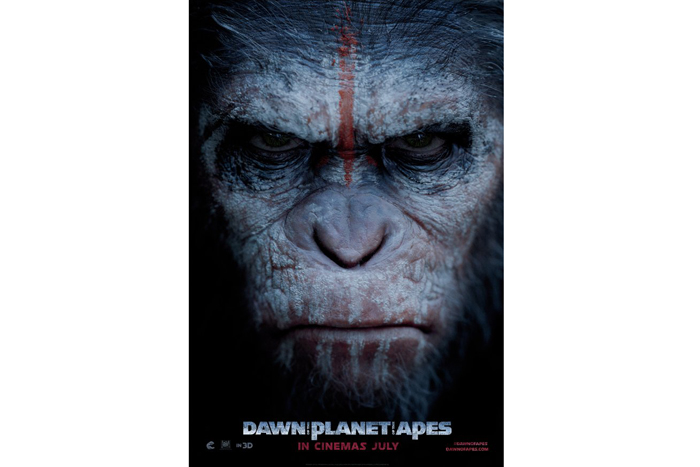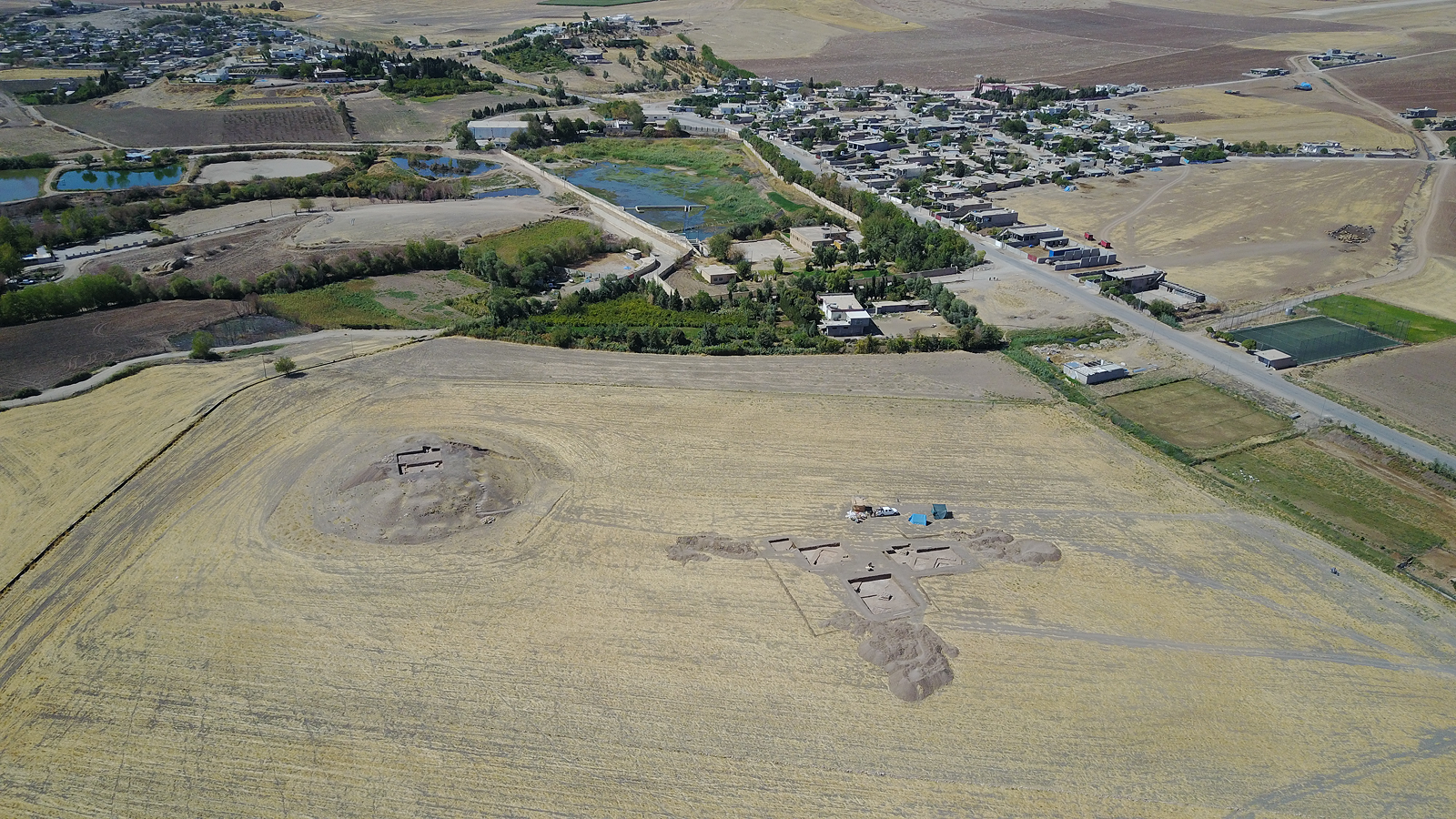'Dawn of the Planet of the Apes': Digital Effects Wow in Trailer
This isn't your grandfather's "Planet of the Apes."
The new film "Dawn of the Planet of the Apes" — set for nationwide release July 11 — acts as one in a series of prequels that explain how the dystopia of the original "Planet of the Apes" (released in 1968) came to be. "Dawn" is the second in the series, following "Rise of the Planet of the Apes," which hit theaters in 2011.
The first full-length trailer for the newest movie hit the Internet this week, revealing some amazing graphics and a little more about the plot. According to a story summary, the ape leader, Caesar, and his group of genetically evolved apes encounter a band of humans that survived the horrible virus that wiped out much of humanity 10 years earlier during "Rise." The humans and apes are eventually brought to the brink of war, in a fight to decide who will be the dominant species on Earth.
"Unlike 'Rise of the Planet of the Apes,' 'Dawn' was filmed mainly in practical locations from New Orleans to the muddy rainforests of Vancouver with more performance-capture sequences in those vast exteriors than has ever been achieved on film," Andy Serkis, the actor who plays Caesar, said before a press preview featuring clips from the new film. "In addition, it was filmed in native 3D to create a richer experience."
Actors like Serkis, who played apes in the new movie, were outfitted with sensors that could record small facial movements that could then be translated into ape movements on film. The result is a very detailed, digitally rendered ape.
The 2.5-minute trailer shows a devastated city with a small band of humans holding their own against a huge group of apes led by Caesar. While "Rise of the Planet of the Apes" was mostly focused on humans and the emergence of the virus that gave way to simian domination of the world, the new movie jumps forward in time, exploring the relationships of the survivors with the ape community.
Follow Miriam Kramer @mirikramer and Google+. Follow Live Science @livescience, Facebook & Google+. Original article on Live Science.
Get the world’s most fascinating discoveries delivered straight to your inbox.





